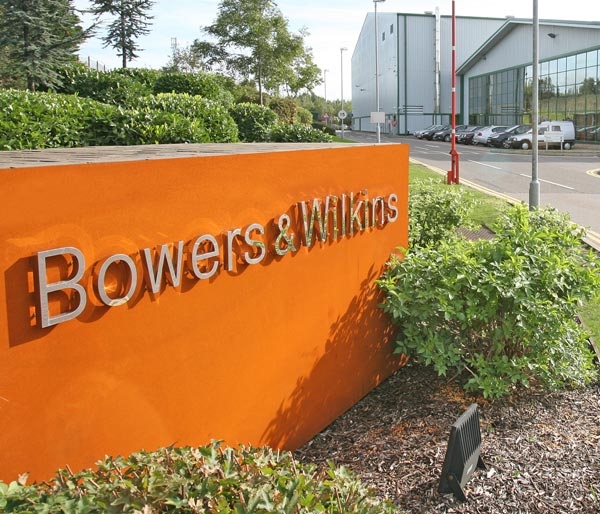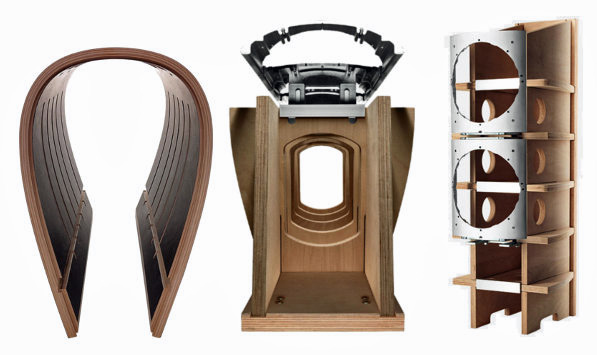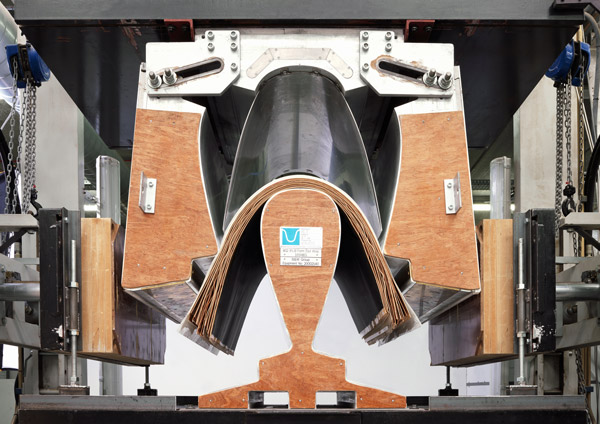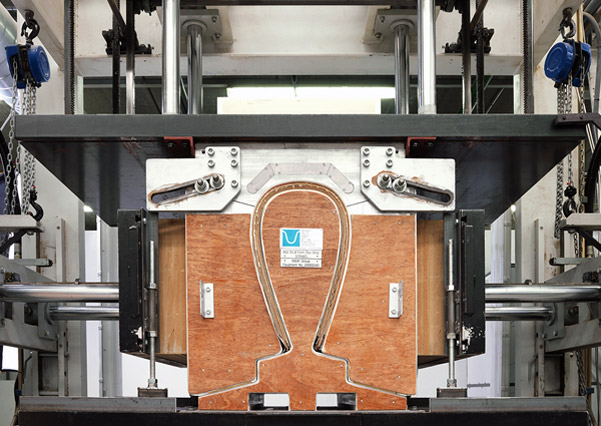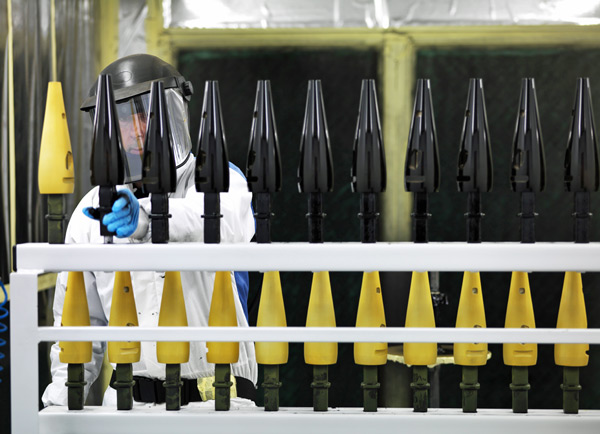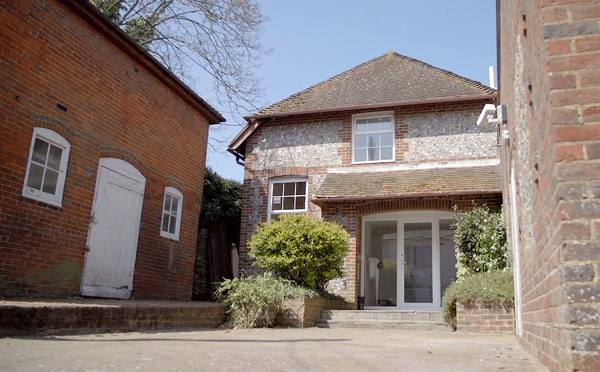| Columns Retired Columns & Blogs |
Really? Back then, we chose the KEF 105 over the 801 as our recording studio monitors. We never had any regrets about that decision. It doesn't diminish the 801 or the fine B&W speakers of today to give KEF the recognition they deserve, then and now.
